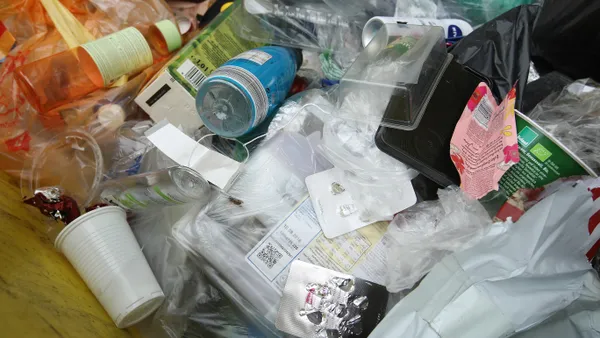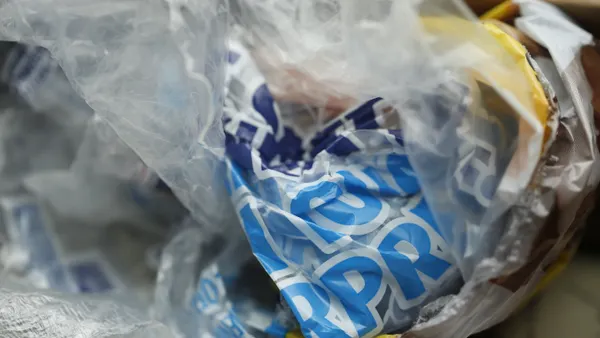Dive Brief:
- Based on available data from the year so far, Chicago's residential diversion rate is currently at a recent low of 9.09%, as reported by DNAinfo. In 2014, the first full year of its new recycling program, Chicago's diversion rate was 11.08% and in 2015 it was 10.23%.
- The city's Department of Streets & Sanitation (DSS) has partnered with the Chicago Sustainability Leaders Network to find a way to turn this around. The organization recently concluded a series of community meetings to educate residents and hear their ideas.
- Chicago currently spends about $45 per ton to dispose of its waste, according to the director of recycling for DSS, so the financial incentive is less pressing than in other major cities. The director said that 50% diversion would be a realistic goal.
Dive Insight:
The city's switch to a new blue cart program under Mayor Rahm Emmanuel in 2013 was meant to bring recycling access to all residents and increase participation, but the transition period has been difficult. Contamination rates were so high earlier in the year that DSS said only about 10% of the material it received in the carts was acceptable for recycling. On top of this, the city has also had to spend at least $300,000 on repairing carts damaged by "aggressive squirrels."
An additional layer of complexity in the city's education problem is that large numbers of residents grew up in multi-unit buildings without recycling access. The city has moved to change this through fines that have been unpopular among the real estate community, but changing the built-in habits of multiple generations of people will require more than fines for their landlords.
While the city has been leaving stickers on carts with contaminated material — particularly plastic bags — the message still hasn't gotten through to enough residents. Targeted contamination tracking programs have seen mixed results in other cities with education proving more successful than enforcement in some cases. Recent survey results have shown that confusion and distrust of recycling programs are still common among some U.S. residents, indicating the need for new educational approaches.










